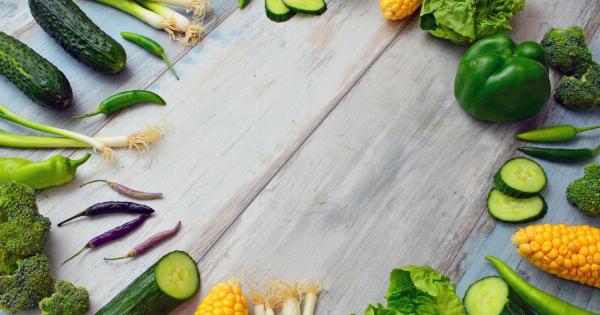Being on a tight budget doesn’t mean sacrificing healthy eating. With a bit of planning and creativity, you can enjoy nutritious meals without breaking the bank.
This article will provide 10 tips for frugal foodies to eat healthily on a tight budget.
1. Plan Your Meals
Planning your meals ahead of time is crucial when you’re on a budget. Take a few minutes each week to create a meal plan, considering the ingredients you already have in your pantry and what’s on sale at your local grocery store.
This will help you make a shopping list that only includes what you need, preventing impulse purchases and reducing food waste.
2. Buy in Bulk
Buying staples like rice, beans, and oats in bulk can save you a significant amount of money in the long run. Look for bulk bins at your grocery store or consider joining a co-op to access even greater savings.
Remember to store your bulk purchases properly to keep them fresh for longer periods.
3. Embrace Seasonal Produce
Seasonal fruits and vegetables tend to be more affordable and tastier. Visit your local farmers market or look for sales on produce that’s in season. Not only will you save money, but you’ll also enjoy the freshest and most flavorful options.
4. Cook from Scratch
Convenience foods, such as pre-packaged meals and snacks, often come with a higher price tag. Instead, try cooking from scratch as much as possible.
Not only is it more affordable, but it also allows you to control the ingredients and make healthier choices. Look up simple recipes for your favorite dishes and experiment with homemade versions of sauces, dressings, and snacks.
5. Opt for Plant-Based Protein
Meat can be expensive, so consider incorporating more plant-based protein sources into your meals. Lentils, chickpeas, tofu, and tempeh are all affordable options that offer plenty of protein and other essential nutrients.
Experiment with different recipes and flavors to make the most of these plant-based alternatives.
6. Don’t Ignore Frozen Produce
Frozen fruits and vegetables are often more affordable than their fresh counterparts. They also have the added advantage of a longer shelf life, reducing food waste.
Stock up on frozen produce when it’s on sale to have nutritious options available even when you can’t make it to the store.
7. Shop the Sales
Keep an eye out for weekly sales, coupons, and discounts at your local grocery store. Plan your meals around the items that are on sale, and consider purchasing extra quantities of non-perishable goods when they are discounted.
This way, you can stock up on essentials without paying full price.
8. Make Use of Leftovers
Don’t let leftovers go to waste! Get creative with your meal planning and incorporate leftover ingredients into new dishes.
For example, you can turn last night’s roasted vegetables into a delicious frittata or use leftover chicken breast for a sandwich. This will save you money and prevent food from ending up in the trash.
9. Grow Your Own Herbs
Herbs can add flavor to your meals without adding much to your grocery bill. Consider growing your own herbs in pots or a small garden. It’s a simple and cost-effective way to have fresh herbs at your fingertips whenever you need them.
10. Avoid Food Waste
Reducing food waste is not only good for the environment but also for your wallet. Use up ingredients before they go bad, freeze leftovers for future meals, and repurpose scraps.
For example, vegetable peels can be used to make flavorful broths, and stale bread can be transformed into croutons or breadcrumbs.






























